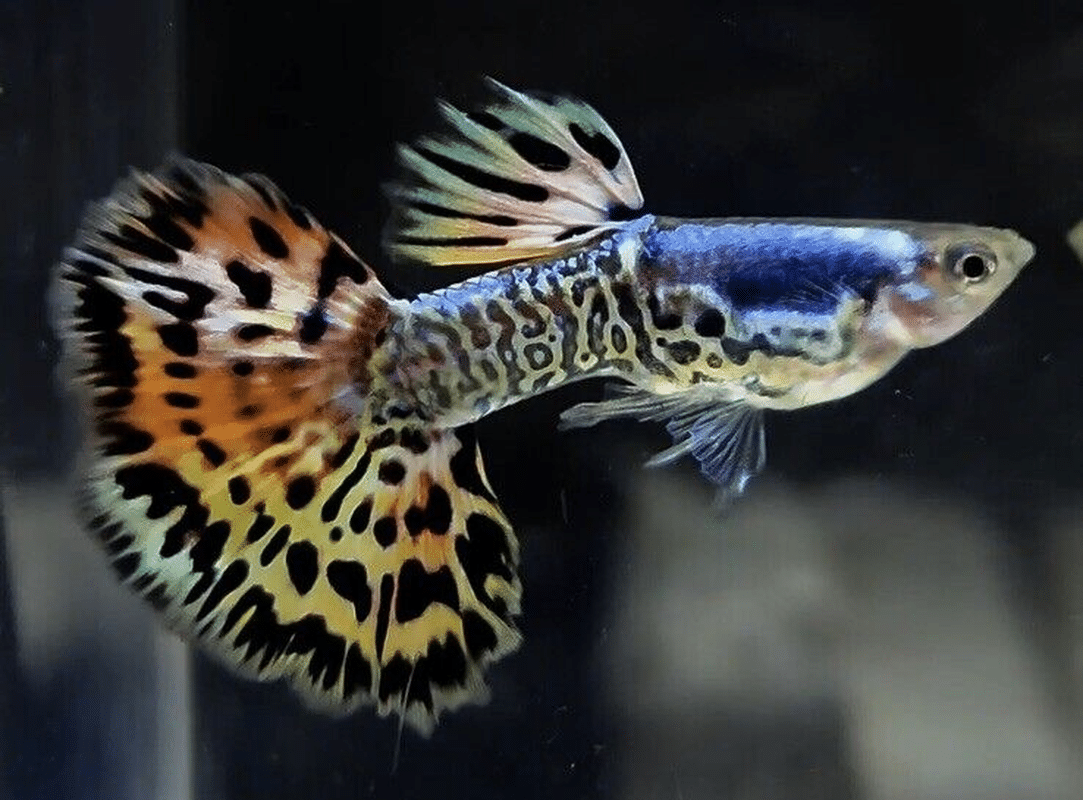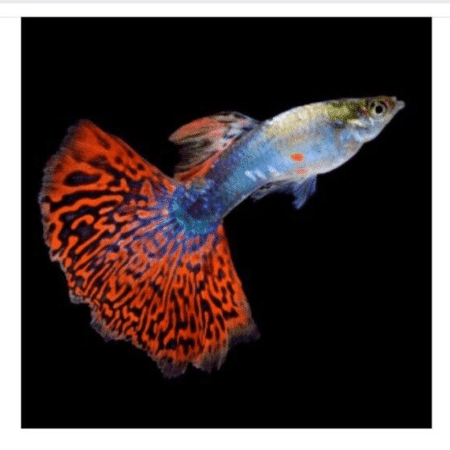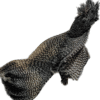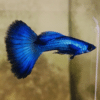-
×
Red Devil Vampire Crab - Geosesarma Hagen - Decapod Crustacean 1 × £8.71
-
×
-
×
-
×
-
×
-
×
6 X 100 G Octet Blister – 8-Ingredient Flash-Frozen Live-Food Cubes, Delight Your Fish with Stunningly Balanced Nutrition, Ideal for All Species in Any Tank Setup 2 × £16.00
-
×
Subtotal: £276.83

 Red Devil Vampire Crab - Geosesarma Hagen - Decapod Crustacean
Red Devil Vampire Crab - Geosesarma Hagen - Decapod Crustacean 



 6 X 100 G Octet Blister – 8-Ingredient Flash-Frozen Live-Food Cubes, Delight Your Fish with Stunningly Balanced Nutrition, Ideal for All Species in Any Tank Setup
6 X 100 G Octet Blister – 8-Ingredient Flash-Frozen Live-Food Cubes, Delight Your Fish with Stunningly Balanced Nutrition, Ideal for All Species in Any Tank Setup 



















Jessica Reynolds (verified owner) –
I absolutely adore my new Galaxy Mosaic Red Guppies! After introducing them to my 20-gallon freshwater tank just a week ago, I can already see how vibrant they are. The colors are breathtaking and truly light up my aquarium. The pair arrived healthy and lively, which is crucial for me as a caring fish parent. I was a bit nervous about the acclimation process, but following the provided guidelines made it easy, and they settled in without any stress. I’ve had guppies before, but this specific variety has such a unique pattern and personality! They swim around together, showcasing their stunning colors, which is a joy to watch. One minor concern was that they seemed a bit shy at first, hiding behind the plants, but they are coming out more each day. I highly recommend these colorful fish for anyone looking to add life and charm to their aquarium—perfect for both beginners and seasoned aquarists. I can’t wait to see their colors develop even further as they mature!
Emily Carter (verified owner) –
I recently purchased a pair of the Guppy Poecilia Ret Galaxy Mosaic Red Guppies, and I couldn’t be happier! These little fish are absolutely vibrant and their colors are just stunning—much more beautiful in person than I expected. I’ve been a freshwater fish enthusiast for over five years, and these guppies really stand out in my tank.
After a week of acclimatization, they adjusted beautifully and started exploring their new home. The male has this incredible mix of reds and blues, while the female complements him perfectly with her subtle patterns. They are not only gorgeous but very energetic, bringing a lively charm to my aquarium.
I’ve kept guppies before, but these are definitely a step up compared to the more common varieties. They thrive well in a planted tank with some gentle flow, which I’ve set up, and I’ve noticed they get along great with my other freshwater fish.
For anyone looking to enhance their aquatic display, I highly recommend these guppies. They are perfect for both new and experienced fish parents who appreciate vibrant colors and active fish. Just a heads-up: make sure they have enough swimming space, as they are quite playful! Overall, a fantastic addition to my collection, and I would absolutely purchase again!
Emily Carter (verified owner) –
I recently purchased a pair of Galaxy Mosaic Red Guppies (1 Male + 1 Female), and I can wholeheartedly say they’ve transformed my aquarium! These fish are nothing short of mesmerizing with their vibrant colors and unique patterns. I’ve kept fish for over five years, and I can confidently recommend these as some of the best fish for both beginners and experienced hobbyists alike.
After about two weeks, they’ve settled in beautifully. The male displays stunning colors, especially when he flares his fins, and the female adds grace with her softer tones. They thrive in my 20-gallon tank, which is well-planted, and they seem quite happy!
Shipping was quick, and they arrived healthy, which is always a concern for me as a caring fish parent. If you’re looking to enhance your aquatic display, these guppies are a fantastic choice. Just be sure to provide them with adequate space and avoid overcrowding. I would definitely buy again and recommend them to anyone wanting to add a splash of color to their home aquarium. Their easy care makes them perfect for new aquarists too!
One minor concern is that they can be a bit nippy if kept with overly long-finned fish, so keep that in mind. Overall, I’m thrilled with this purchase!